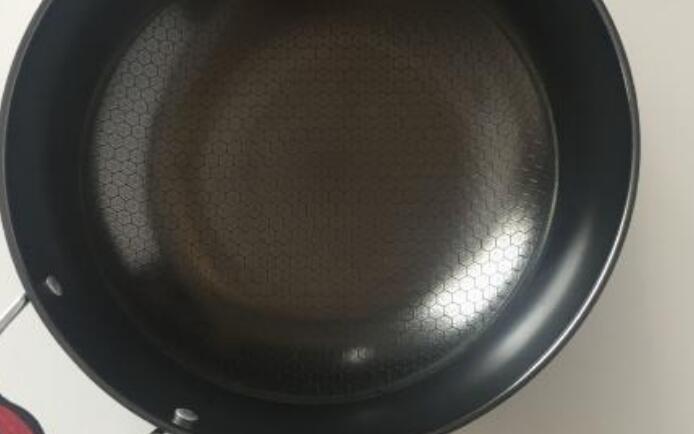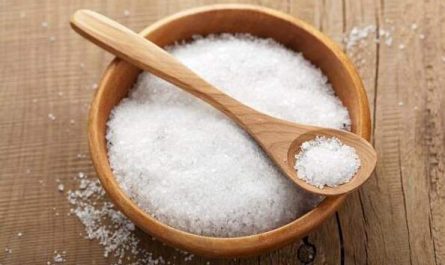Do you often cook? If so, have you ever noticed such a problem: Sometimes food always sticks to the center of the pan, even if the pan you are using is a non-stick pan covered with a non-stick coating.
In fact, this problem is related to a phenomenon commonly found in nature and engineering, which is the dry spot formed on the liquid film. We have all seen that a continuous film of water on a glass window suddenly breaks, leaving patches of dry areas.
The first notice of this phenomenon was the former Soviet physicist Y. Karetnikov, in a paper published in 1954, he described the phenomenon that when a liquid flows down a vertical surface, the liquid film will break. This phenomenon is almost everywhere, but for some engineering equipment, it will bring some negative effects. For example, in distillation towers, industrial scrubbers, and other equipment with electronic components, when dry spots appear in the liquid film formed on the solid surface, it will cause the electronic components to overheat rapidly, or the heat transfer and mass transfer will decrease, etc. Happening.
If we want to avoid such phenomena well, we need to better understand how dry spots are formed in the liquid film. Now, a new paper published in the journal “Fluid Physics” reveals the rupture process of a liquid film on a solid surface.
In this study, two physicists from the Czech Academy of Sciences used non-stick pans to test this problem. They heated a thin layer of sunflower oil in a non-stick pan coated with ceramic pellets. The thickness of the oil film was only 1.5 mm. Next, they used a video camera to record the process of heating sunflower oil with maximum firepower, and measured the formation and growth rate of dry spots in sunflower oil.
They observed that the first continuous film of sunflower oil in the pot suddenly began to rupture when heated, and this dry area began to extend from the center of the pot, and then quickly reached its maximum diameter.
Next, they experimented with a pan coated with polytetrafluoroethylene (Teflon) and observed the same phenomenon.
They realized that it was a phenomenon called “hot capillary convection” that caused dry spots on the oil film, and this process of hot capillary convection would “suck” the oil to the edge of the pot. This phenomenon is like a variation of the Marangoni effect. The Marangoni effect is a liquid flow caused by evaporation. For example, when a wine glass is rotating, a thin layer of wine will be left on the wall of the glass due to the alcohol in the film. The evaporation rate of the wine is faster than other liquids in the wine (mainly water), causing the surface tension of the film to be higher than that of the wine at the bottom of the wine glass. The resulting surface tension gradient causes the Marangoni effect, which makes the wine move along one side of the wine glass. Side flow.
The hot capillary convection encountered by the oil in the nonstick pan is related to the temperature gradient in the oil film when the pan is heated. As the temperature increases, the surface tension of the liquid will decrease accordingly, resulting in a surface tension gradient. The stronger tension on the edge will pull the weaker oil in the center, causing the oil to flow outward from the center, making the oil film thinner and thinner, deforming until it ruptures, leaving a dry area in the center of the pot.
Researchers have observed that when it exceeds a certain size, the holes in the oil film can no longer heal. For each liquid, this critical point varies with temperature. Any dry area exceeding the critical size will rapidly expand.
Researchers say that now we have a clear idea of why food sticks in the middle of the pan. We can take some simple measures to avoid this situation: for example, you can increase the thickness of the oil film to prevent it from being too thin; or you can use a thicker bottom pan to transfer heat more evenly and prevent temperature gradients The appearance of; without affecting the cooking effect, you can also try to use moderate firepower…
For you who may be skilled in cooking, these suggestions may sound obvious. However, for some scientists and engineers who are deeply disturbed by the rupture of the liquid film, the findings of this study may have important applications for them, because the flow of liquid on solid surfaces is very important in the food, chemical and pharmaceutical industries. The key to the process.






